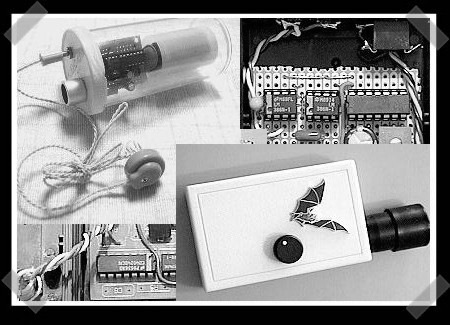[vimeo=http://www.vimeo.com/8228439]
[Rui] is working on a sequencer to control his robotic gamelan. The software maps out the controllers that operate the musical robot, which play the traditional Indonesian instruments.
The controls use ultrasonic distance sensors that detect the proximity of the musician’s hands. This data is collected by an Arduino and sent to a computer for use with the sequencer. The controller body is an upside down salad bowl from Ikea; cheap, available, and creative!
[via @littlebirdceo]












